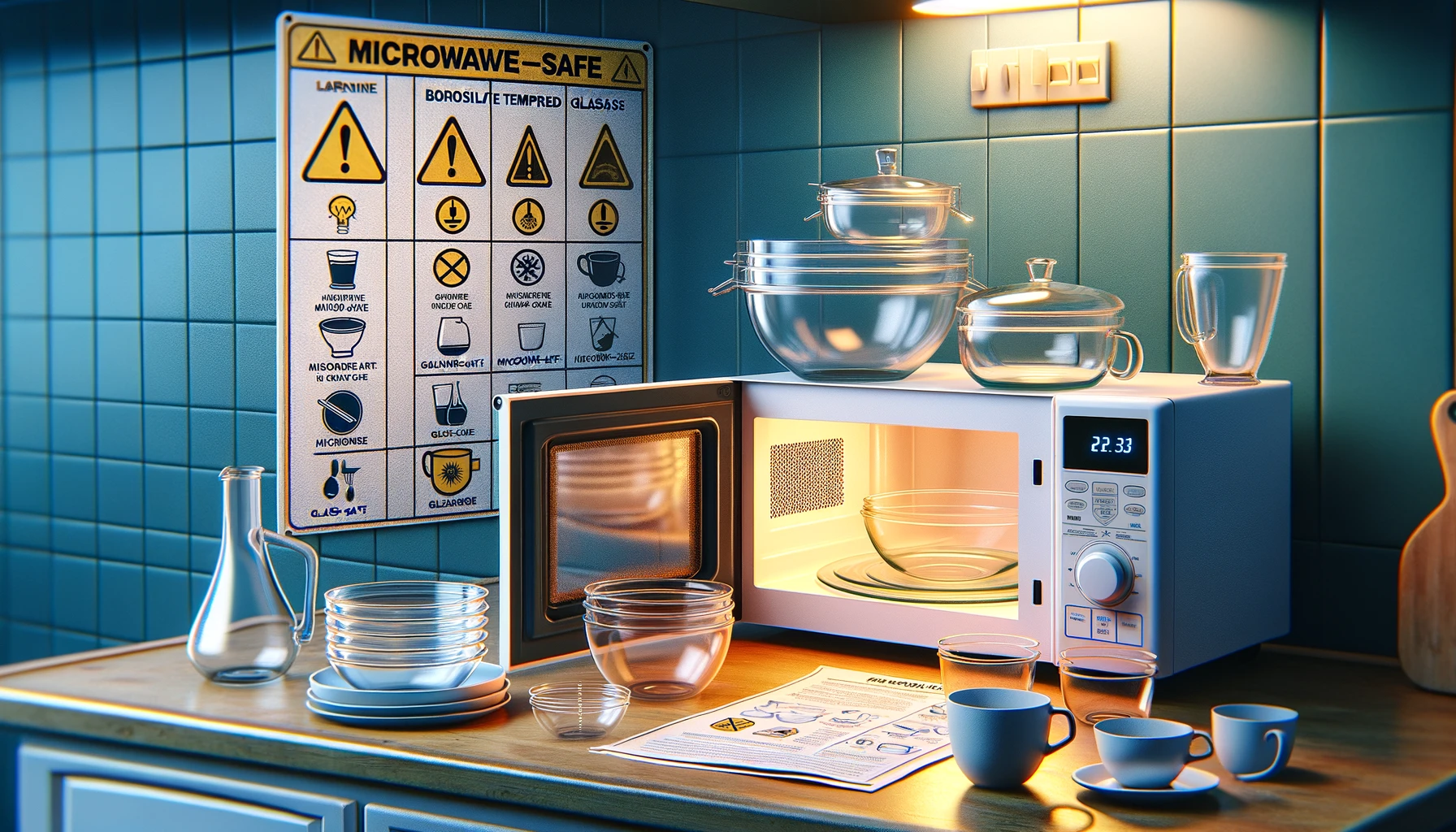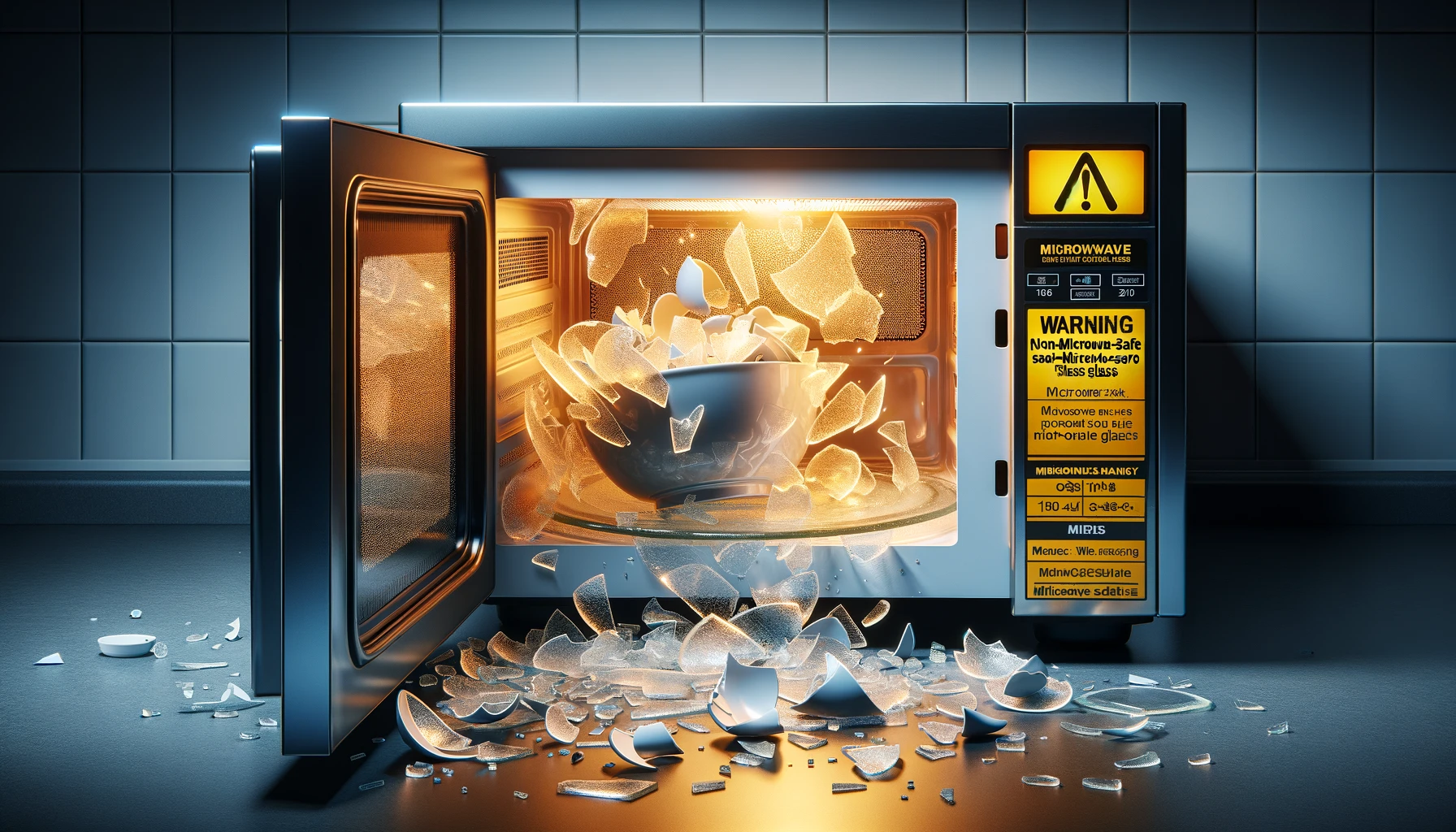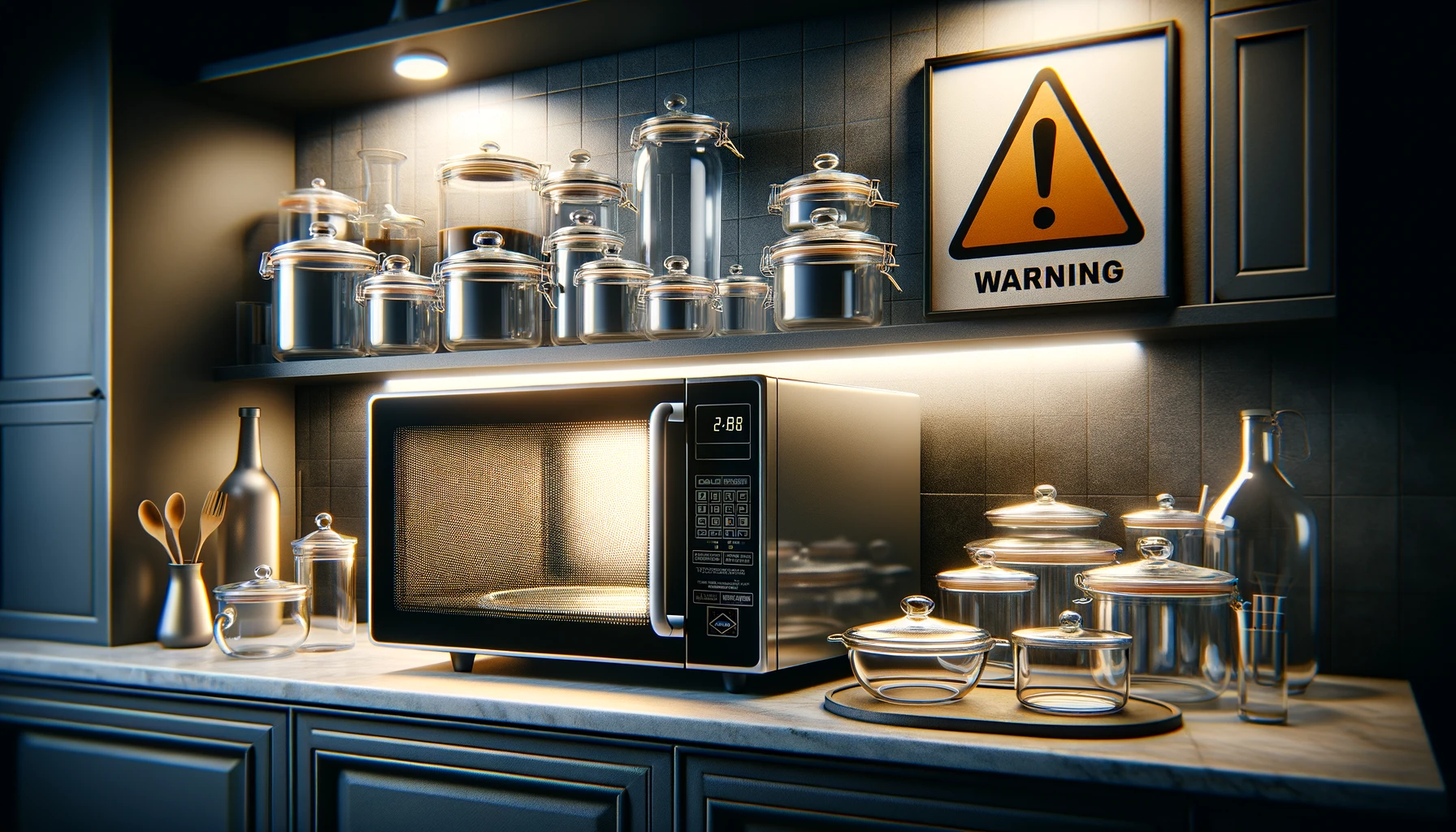Microwaving glass is generally considered safe, provided the glassware is labeled microwave-safe by the manufacturer. However, not all glass is created equal, and understanding the distinctions is crucial for both safety and the longevity of your glassware. This article delves into the nuances of microwaving glass, exploring the science behind why some glass can safely be used in the microwave, while others pose a risk.
The Science of Microwaving Glass
At its core, a microwave oven works by emitting microwave radiation, which agitates the water molecules in food, generating heat through this friction. Glass, being a poor conductor of heat, does not inherently heat up in the same way that food does in a microwave. However, the safety of using glass in a microwave depends on its composition and thermal resistance.
Microwave-Safe Glass

Microwave-safe glass is designed to withstand the thermal stresses induced by microwaving. This includes borosilicate glass, known for its high thermal shock resistance, and tempered glass, which is strengthened through a thermal tempering process. These types of glass can endure the rapid temperature changes that occur during microwaving without cracking or shattering.
Manufacturers typically label microwave-safe glassware with a specific symbol or notation, indicating that the item has been tested and deemed safe for microwave use. It’s always advisable to look for this label before microwaving any glass item.
Risks of Microwaving Non-Safe Glass

Non-microwave-safe glass, such as ordinary soda-lime glass, is susceptible to thermal stress. When exposed to the high heat generated by food in a microwave, this type of glass can expand unevenly, leading to potential cracking or even shattering. The risk is particularly high if the glass has microscopic flaws or if it undergoes rapid temperature changes — for example, if cold glass is used to heat up food.
Additionally, decorative glassware, which may contain metals or other materials in the paint or glaze, poses a significant risk. Metals can spark and cause fires, making any glass item with metallic decoration unsuitable for microwave use.
Safety Tips for Microwaving Glass
- Look for the Microwave-Safe Label: Always check your glassware for a microwave-safe symbol or indication before using it in the microwave. If in doubt, consult the manufacturer’s instructions or opt for a different container.
- Avoid Rapid Temperature Changes: Do not transfer glassware directly from the refrigerator to the microwave, as the sudden temperature change can cause it to break. Allow the glass to come to room temperature first.
- Check for Damage: Inspect your glassware for any cracks, chips, or scratches. Damaged glass is more likely to break under thermal stress and should not be microwaved.
- Use Caution with Lids: If microwaving glass containers with lids, ensure the lid is loose or removed to allow steam to escape. Pressure buildup can cause glass to break.
- Do Not Overheat: Avoid using high power settings for extended periods, as excessive heat can weaken glass over time. Follow the recommended heating times for the food you’re warming.
Alternatives to Glass
If you’re concerned about the safety of microwaving glass, there are alternatives. Microwave-safe plastic containers and ceramic dishes are excellent options, provided they are also labeled as microwave-safe. These materials are designed to withstand microwave temperatures without the risk of thermal shock.
Other Interesting Posts

